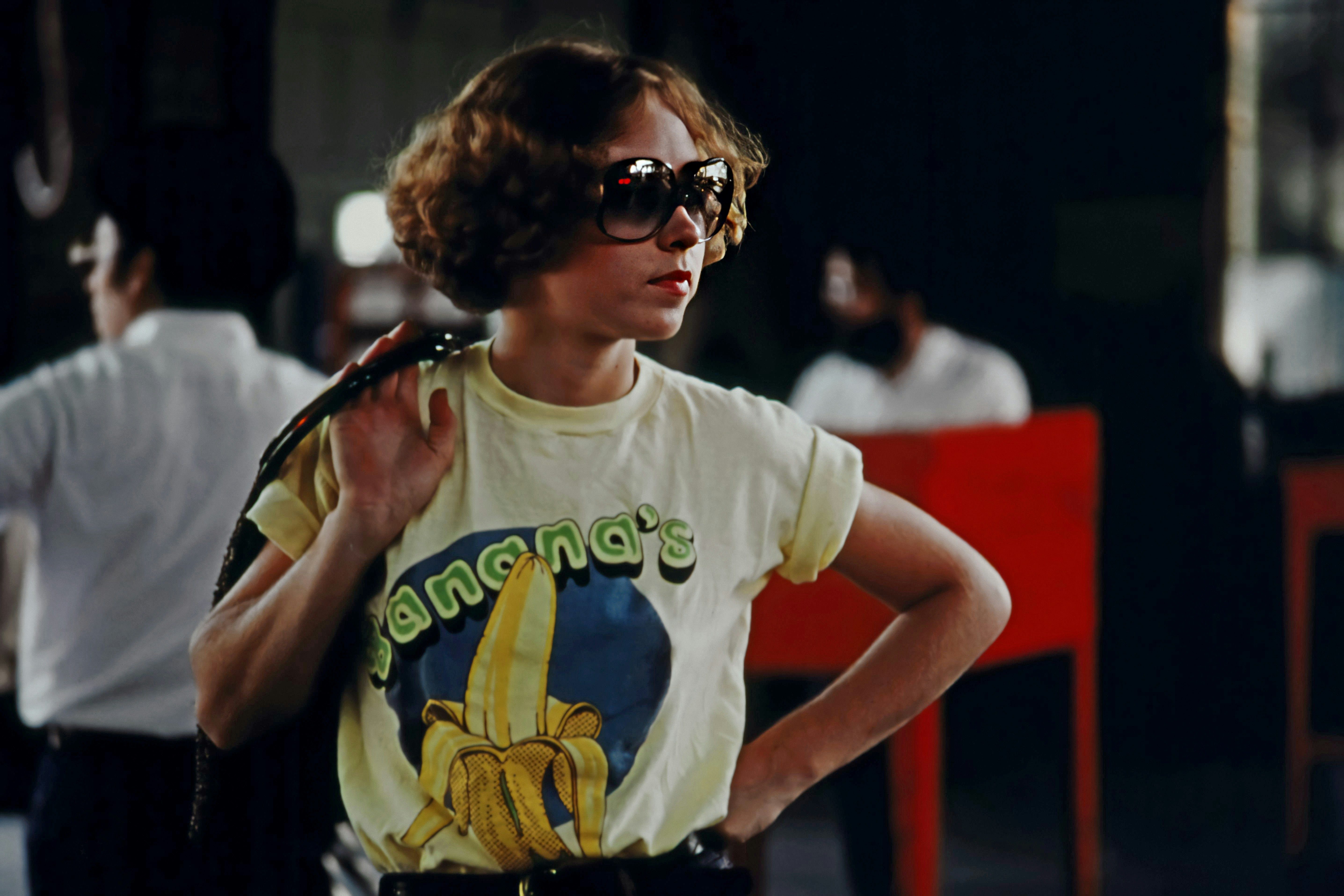Bioceramic Clothing: The Next Frontier in Athletic Performance
In the ever-evolving landscape of fitness and sports technology, a groundbreaking innovation is quietly revolutionizing athletic wear. Bioceramic clothing, a fusion of cutting-edge textile engineering and ancient mineral wisdom, is emerging as a game-changer for athletes and fitness enthusiasts alike. This remarkable fabric technology harnesses the power of specially formulated ceramic particles embedded within textile fibers, promising to enhance performance, accelerate recovery, and improve overall well-being. As the sports industry continually seeks new ways to push the boundaries of human potential, bioceramic clothing stands at the forefront of a new era in performance gear, offering a unique blend of comfort, functionality, and scientific ingenuity.

The Science Behind Bioceramic Fabrics
At the heart of bioceramic clothing lies a sophisticated blend of minerals and ceramics, carefully selected for their ability to interact with the human body’s natural energy field. These ceramic particles, typically composed of elements like titanium dioxide, aluminum oxide, and magnesium oxide, are finely ground and integrated into the fabric’s fibers during the manufacturing process. The result is a textile that not only feels comfortable against the skin but also actively works to enhance the wearer’s physiological functions.
The key mechanism behind bioceramic technology is its ability to absorb and reflect far-infrared radiation (FIR). This specific wavelength of light, while invisible to the naked eye, has been shown to penetrate deep into human tissues, promoting increased blood flow, reducing inflammation, and potentially accelerating cellular repair processes. By incorporating these ceramic particles into clothing, manufacturers have essentially created a wearable form of passive therapy that activates with the body’s own heat.
Historical Context and Development
The concept of using ceramics for therapeutic purposes is not entirely new. Traditional Chinese medicine has long utilized ceramic materials in various healing practices. However, the application of this principle to performance clothing is a relatively recent innovation, dating back to the early 2000s when researchers began exploring the potential of FIR-emitting fabrics in medical settings.
The transition from medical applications to sports performance gear occurred gradually over the past two decades. Early adopters in the athletic world were primarily endurance athletes, who recognized the potential benefits of improved circulation and reduced muscle fatigue during long training sessions. As the technology matured and manufacturing processes became more refined, bioceramic clothing started to gain traction in mainstream sports and fitness circles.
Current Market Trends and Industry Impact
Today, the bioceramic clothing market is experiencing rapid growth, with both established sportswear giants and innovative startups vying for a piece of the pie. Industry analysts project that the global market for bioceramic textiles could reach $2.5 billion by 2025, driven by increasing consumer awareness and a growing body of scientific research supporting its efficacy.
Major sports brands have begun incorporating bioceramic technology into their high-performance lines, often marketing it as a premium feature. This trend has sparked a wave of innovation in fabric design, with companies competing to create the most effective and comfortable bioceramic blends. Some manufacturers have even begun experimenting with customized ceramic formulations tailored to specific sports or activities, aiming to provide targeted benefits for different types of athletes.
Benefits and Performance Enhancements
The purported benefits of bioceramic clothing are numerous and varied, attracting attention from both professional athletes and fitness enthusiasts. Some of the most commonly cited advantages include:
-
Improved circulation: The far-infrared radiation emitted by the ceramic particles is believed to promote vasodilation, increasing blood flow to muscles and potentially enhancing oxygen delivery.
-
Faster recovery: Enhanced circulation may help reduce muscle soreness and speed up the removal of metabolic waste products, potentially shortening recovery times between workouts.
-
Thermoregulation: Some bioceramic fabrics claim to help regulate body temperature more effectively, keeping athletes cooler during intense activities and warmer in cold conditions.
-
Pain reduction: The anti-inflammatory properties of far-infrared radiation may help alleviate joint and muscle pain, making bioceramic clothing particularly appealing to athletes with chronic injuries.
-
Improved sleep quality: When used in sleepwear, bioceramic fabrics are said to promote deeper, more restorative sleep, which is crucial for athletic recovery and overall well-being.
Challenges and Skepticism
Despite the growing enthusiasm for bioceramic clothing, the technology is not without its skeptics. Some experts argue that the benefits may be overstated or that the effects could be largely attributed to the placebo effect. Critics point out that while some studies have shown promising results, much of the research has been conducted on small scales or funded by companies with vested interests in the technology.
Additionally, there are concerns about the long-term durability of bioceramic fabrics and whether the ceramic particles can maintain their effectiveness after repeated washing and wear. Some consumers have reported that the benefits seem to diminish over time, raising questions about the cost-effectiveness of these often premium-priced garments.
Future Prospects and Innovations
As research continues and manufacturing techniques improve, the future of bioceramic clothing looks bright. Scientists are exploring ways to enhance the technology further, such as combining bioceramic particles with other advanced materials like graphene or incorporating them into smart textiles that can actively monitor and respond to the wearer’s physiological state.
There is also growing interest in expanding the application of bioceramic technology beyond sports performance. The potential health benefits have caught the attention of the medical community, with some researchers investigating its use in managing conditions like chronic pain, poor circulation, and sleep disorders.
In conclusion, bioceramic clothing represents a fascinating intersection of ancient wisdom and modern technology in the pursuit of enhanced athletic performance and well-being. While questions remain about its long-term efficacy and value, the growing market and continued research suggest that this innovative fabric technology may well become a staple in the wardrobes of athletes and health-conscious individuals in the years to come. As with any emerging technology, time and rigorous scientific inquiry will ultimately determine whether bioceramic clothing lives up to its promise as the next frontier in performance wear.




